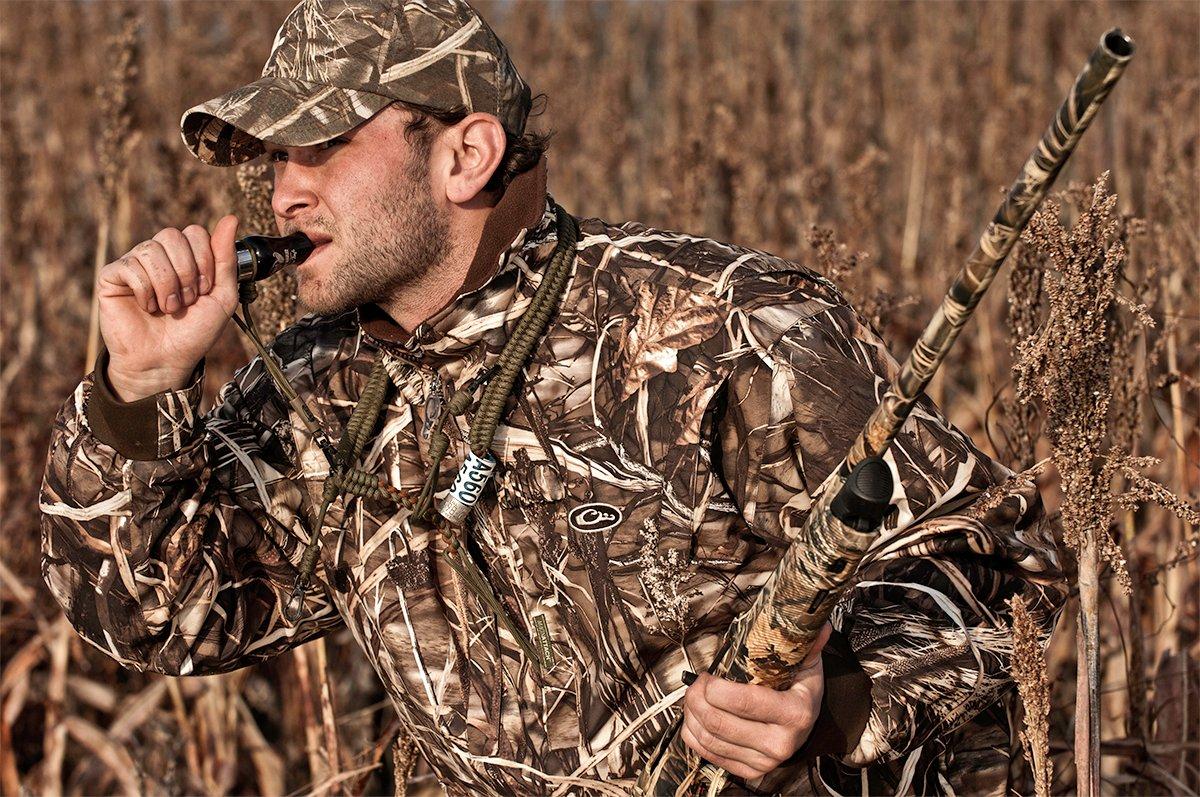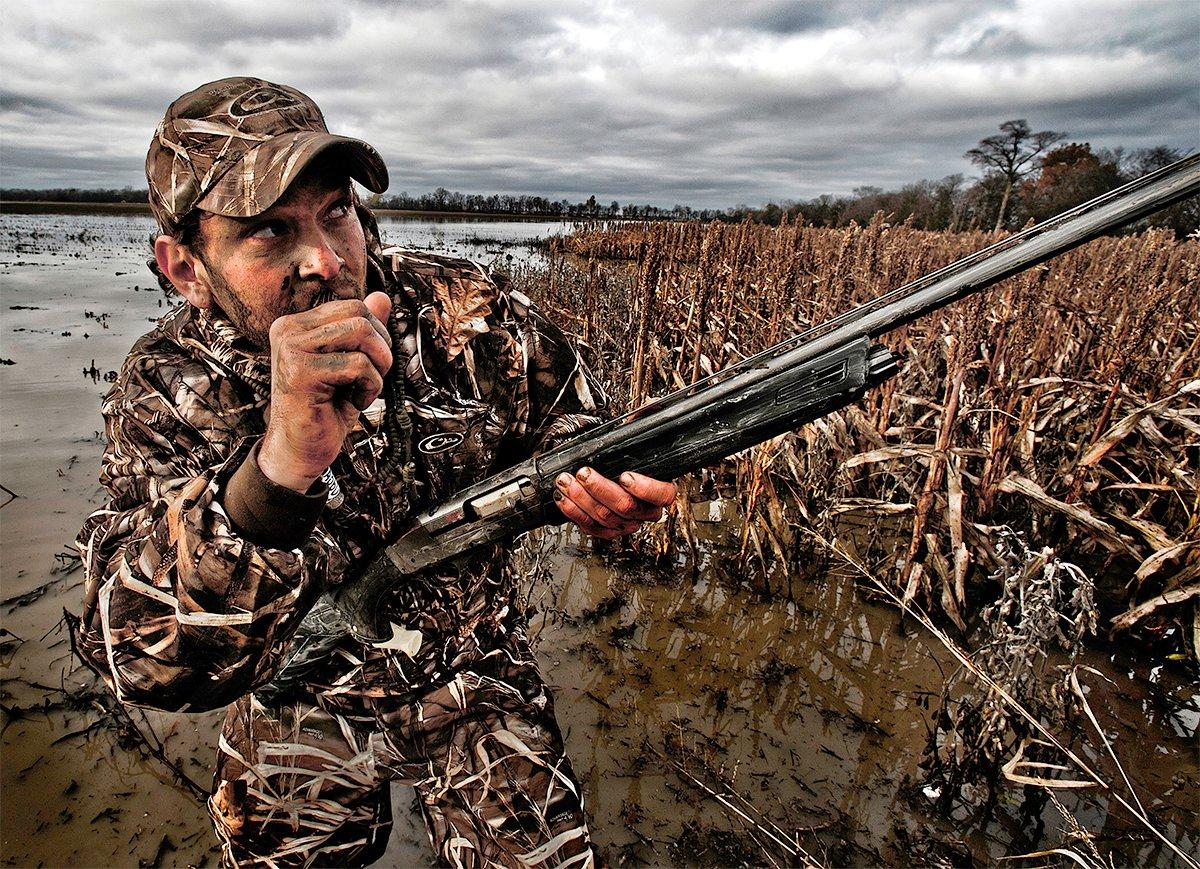And How to Avoid Sticking Out This Fall
Fancy calling, slick shooting and masterful decoy spreads mean nothing if ducks and geese see you. Concealment might be the No. 1 key to success at any waterfowling setup.
Yet day after day, season after season, you see experienced, well-intentioned hunters stumble horribly when trying to hide. Maybe they underestimate the visual acuity and sharp survival skills of waterfowl. Perhaps they think it's too much work. Whatever the case, they leave themselves exposed, and flock after flock of ducks and geese flare from their spreads.
Here are five of the top waterfowl hunting concealment fails and some thoughts on how to avoid them this season.
Click here for more Realtree waterfowl hunting content. And check us out on Facebook.

Some guys insist on building skyscraper-like blinds or hunting in boats that stick up several feet from surrounding cover. News flash: Ducks and geese see that and know instinctively it's not natural. Yeah, I realize that their depth perception isn't good, but they notice this.
Solutions: Blend in. If you're building a blind, make sure it's nestled in cover that's equally as tall. When hunting fields and shorelines, lie prone or at least hunker in cover that obscures your silhouette. And if you're on open water, consider sitting in the bottom of your craft to reduce your outline instead of erecting a 6-foot-high boat blind. (Tip: Divers do not believe that's a floating island. Trust me.)
Photo © Bill Konway

Nothing reflects the morning sun as brightly as your face. In fact, if you must set up looking into the sunrise, your skin might glow orange. Waterfowl can see this from long distances, and they won't come closer to investigate.
Solutions: Cover your face. Use a facemask. Apply face paint. Keep your face in cover or hidden within a boat or blind. And do not look up when ducks are overhead.
Photo © Bill Konway

Everyone loves a good conversation in a duck blind or goose pit, and that won't scare birds ‚ provided you keep the volume low and hush up when ducks and geese get close. Skeptical? I've seen flocks of honkers flare like they've been shot at after a hunter yells to his buddies.
Whining dogs, and bumps and thumps from paddles, decoys and other gear also scare waterfowl.
Solutions: Chat it up, but use your head. No need to yell. And when birds approach, zip it. And avoid banging, clanging, barking and other loud noises.
Photo © Bill Konway

Sometimes, folks just don't blend in. They'll plop a brown blind intended to imitate dead cattails in a patch of green bulrush. They'll toss a new, un-mudded field blind in a sea of cut alfalfa. Or, believe it or not, they'll try to hide a shiny aluminum boat amongst the dull, drab color of an autumn marsh.
Solutions: Match your surroundings. If you're hunting a harvested wheat field, make sure your camo and cover match. Ditto with hay, corn, open water or other areas. You don't want to be the green spot in a brown field, or vice versa.
And use the right camo. Realtree Max-5 mimics natural cover you'll encounter in many waterfowling situations: reeds, cane, grass, cattails, corn, oats, wheat, sunflowers, branches, twigs, leaves and other elements. It'll hide you when other patterns leave you exposed.
Photo © Bill Konway

This is concealment sin No. 1. You can do everything right yet flare ducks and geese by simply shifting your gun barrel or raising your head. Like any wild critter, waterfowl catch unnatural movements almost immediately, and they won't stick around for a better look.
Solution: Be still, or at least conceal your movements. Shift your gun or feet beneath the cover of a blind. Remain motionless until it's time to rise and shoot. Look left, right and overhead with your eyes before fidgeting or changing positions. Yeah, this can be a pain at times, but if you're like me, you'll take discomfort over an empty duck strap.
Photo © Bill Konway






